Bilal Ahmad
~Engineers solve problems, I solve engineer's problems 🤘
6 Most Common Deployment Strategies
Software Deployment
Software deployment is a combination of all the steps, processes, and activities that are required to make a software system or update available to its intended users.
e.g.
-
Installation of software in a physical machine in a data center.
-
Upgrading the web application that is accessible on internet on a website.
-
Releasing new version of IOS app on app store.
Best Practices to consider while designing the deployment process
Use continuous integration (CI):
Pull code, Build it and test it—continuously. This helps ensure apps will work in your environment, not just in the dev’s personal machine.
Adopt continuous delivery (CD):
Continuous delivery helps ensure your code changes are ready for primetime by automatically preparing them to move from deployment to production through rigorous testing.
Rollback plan:
What will you do if things go wrong? Proactively plan ahead for contingencies with a good rollback strategy in place.
Zero Downtime:
While deploying there should not be any downtime in the availability of the software.
Some Widely used Deployment Strategies and their pros and cons
1 - Recreate Deployment
V1 is terminated then V2 is rolled out
Pros:
-
Easy to setup
-
Application state entirely renewed
Cons:
- Expect downtime that depends on shutdown and boot duration of application.
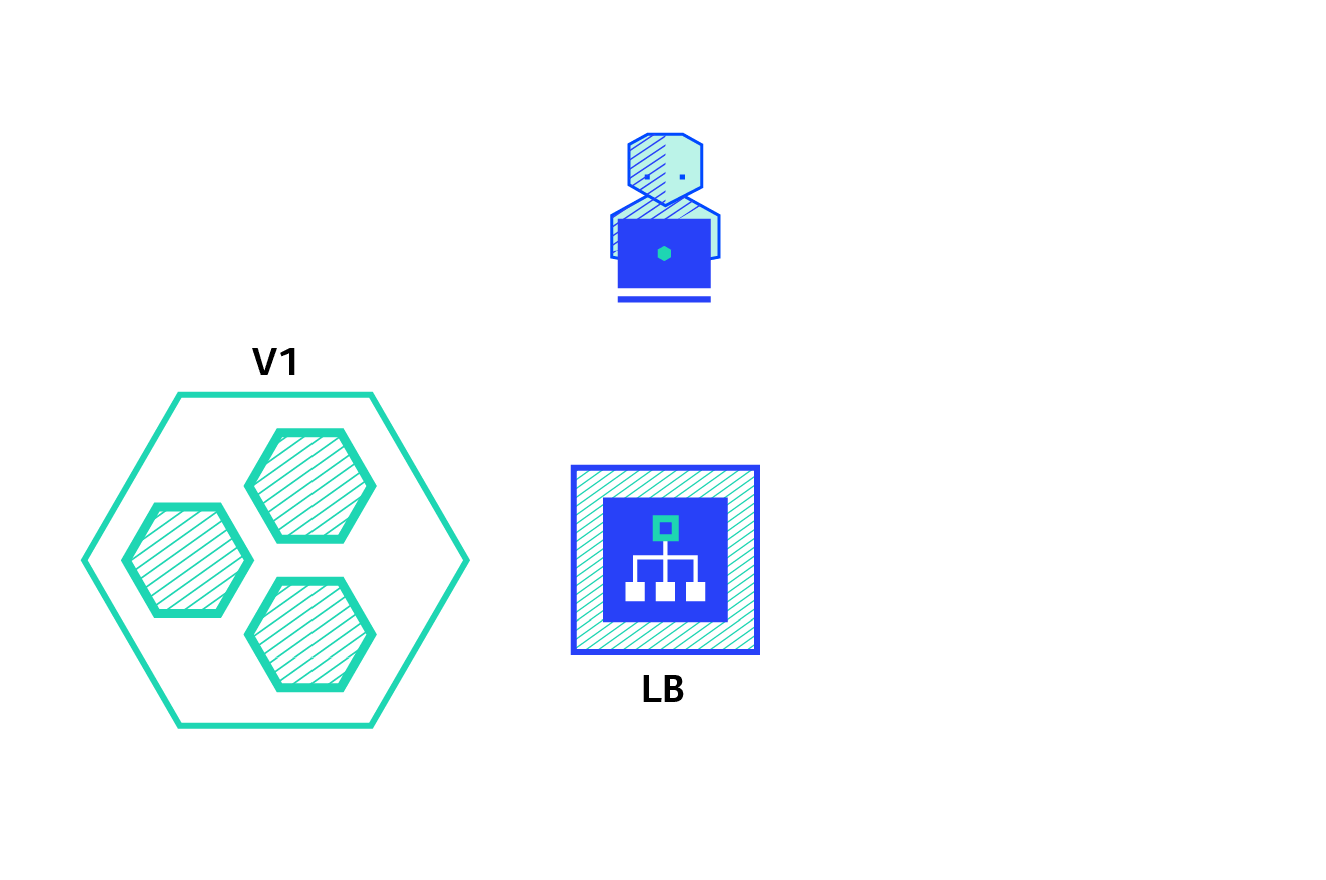
2 - Rolling Deployment
V2 is slowly rolled out, replacing V1
Pros:
-
Easy to setup
-
No downtime required as version is slowly released across instances
Cons:
-
Rollout/Rollback can be slow
-
Control over traffic is limited
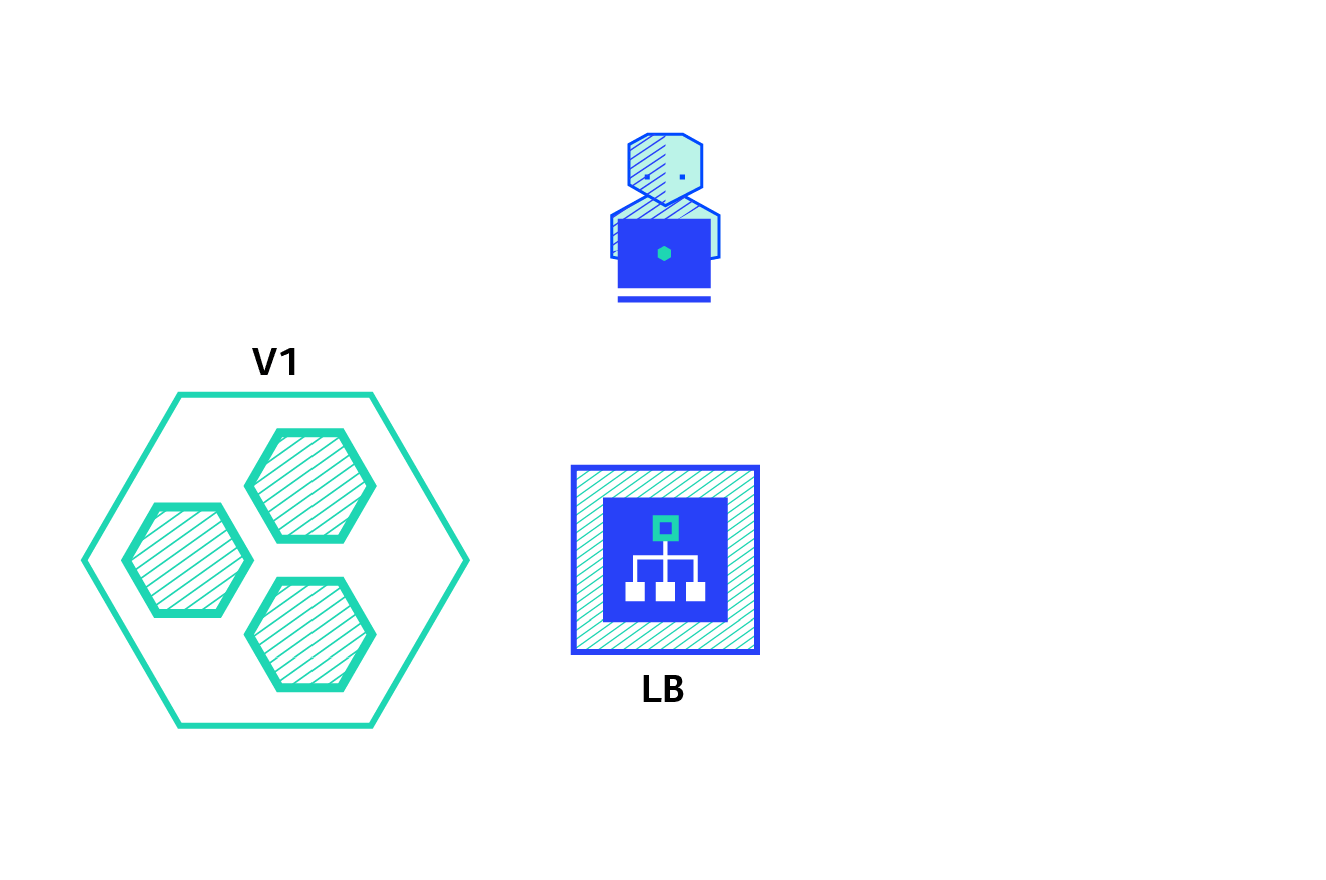
3 - Blue/Green Deployment
V2 is released alongside V1, then traffic is switched to V2 after testing new version meets all requirements.
Pros:
-
Instant Rollout/Rollback
-
Avoid versioning confusion, the entire application state is changed in one go.
Cons:
-
Expensive as it requires double resources.
-
Extra effort of proper testing is required before releasing V2
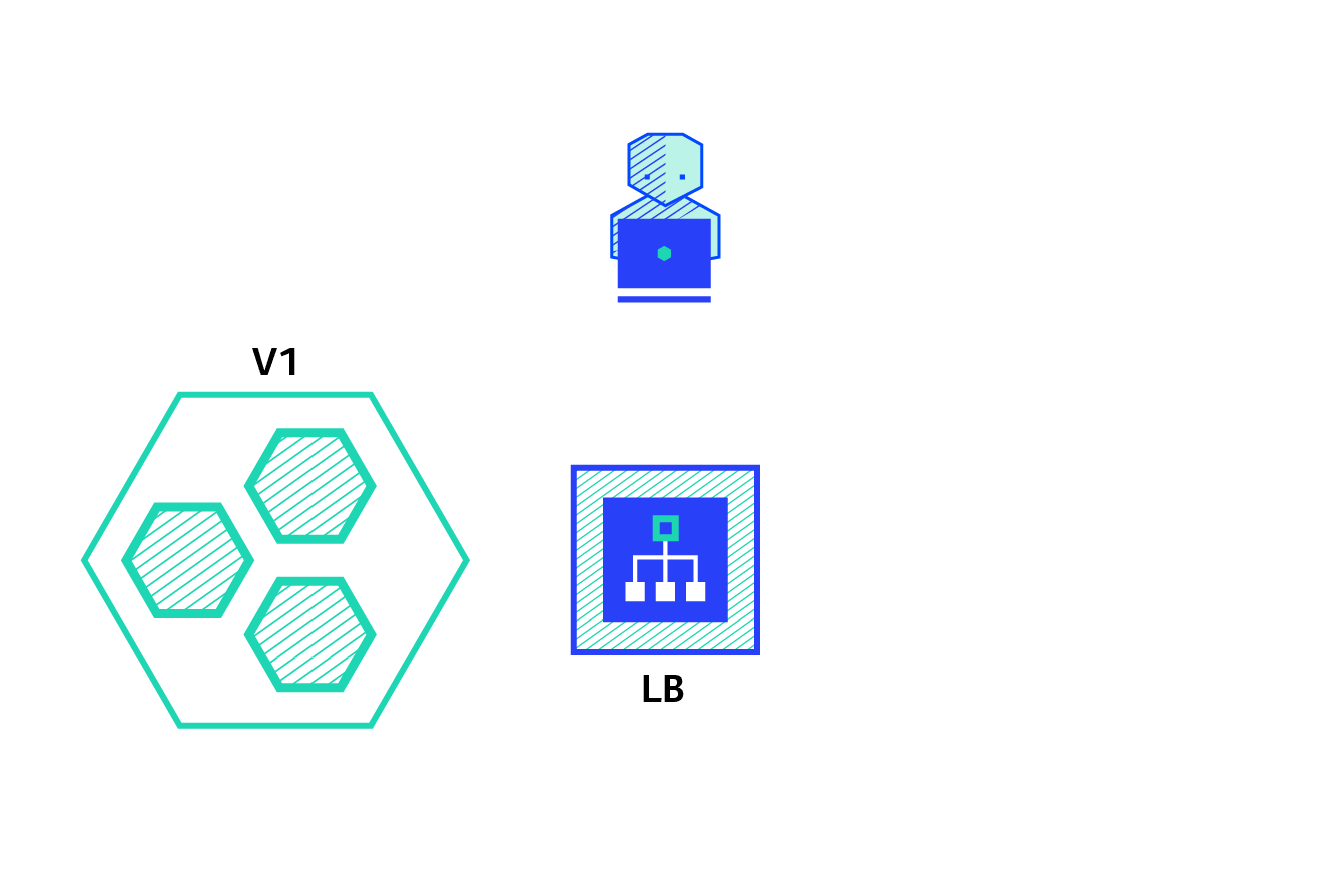
4 - Canary Deployment
V2 is released to a subset of users, then proceed to a full rollout.
Pros:
-
Convenient for error rate and performance monitoring
-
Fast rollback with low impact
Cons:
- Full rollout is slow and gradual
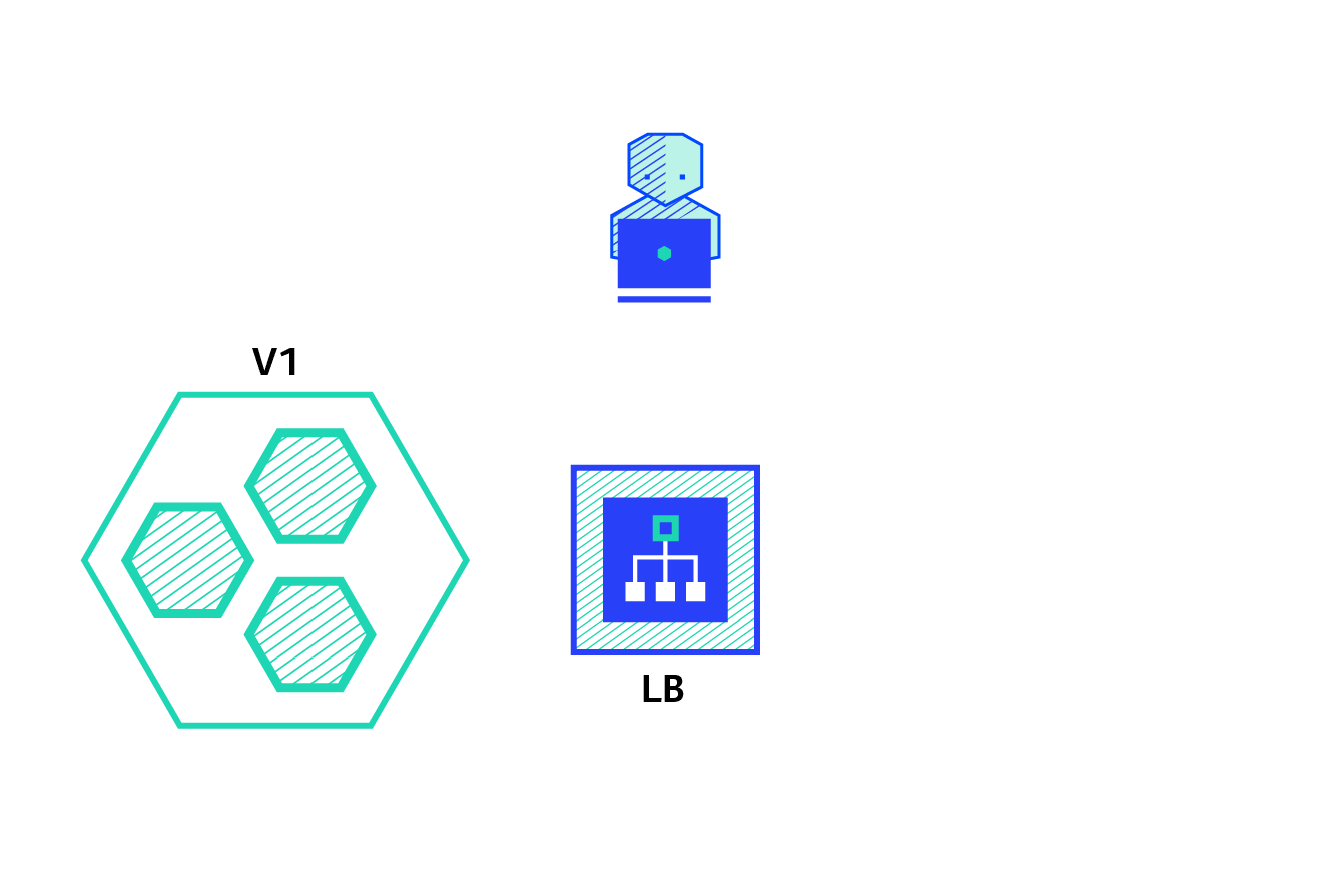
5 - A/B testing
V2 is released to a subset of users under specific condition.
Pros:
-
Several versions live in parallel
-
Full control over traffic.
-
Good for analysis of end user impact.
Cons:
-
Requires sophisticated load balancer
-
Hard to troubleshoot errors, distributed tracing becomes mandatory
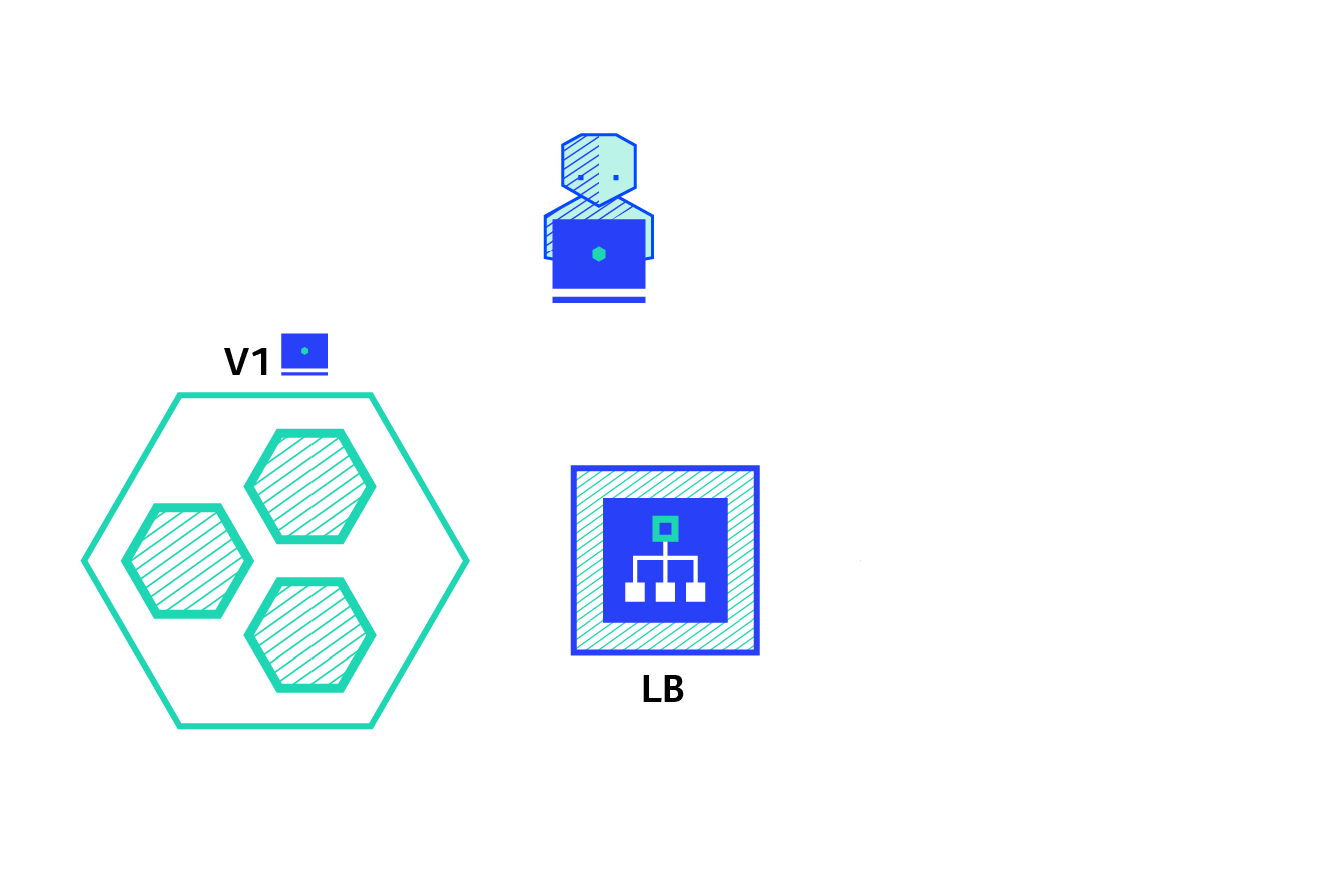
6 - Shadow Deployment
V2 is receives real-world traffic in parallel to V1 and doesn’t impact the response.
Pros:
-
Useful for Performance testing with production traffic
-
No rollout until stability and performance of application meet the requirements
Cons:
-
Expensive as it requires double resources
-
Complex to setup
-
Requires mocking service for certain cases
-
Not a true user test and can be misleading
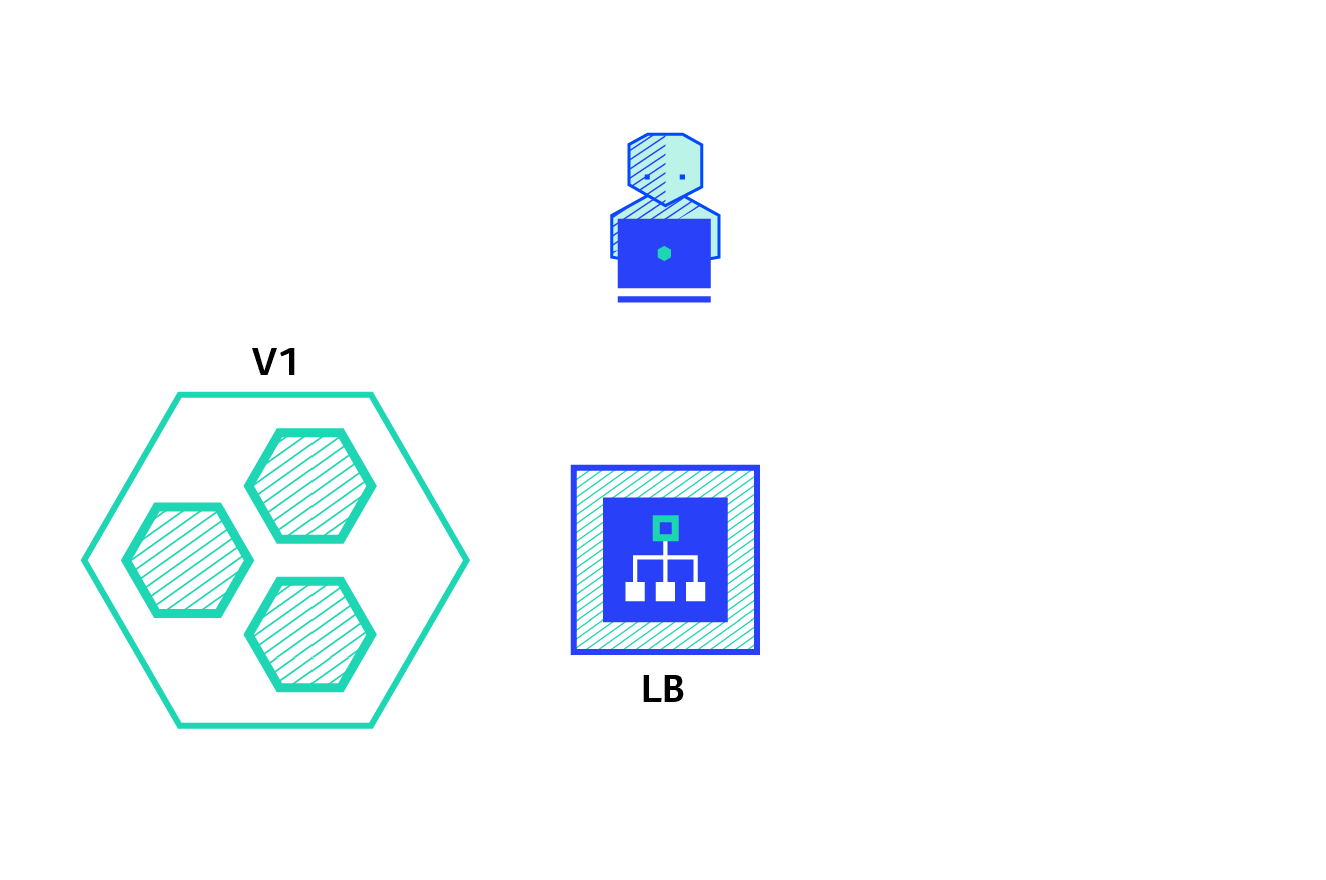
Conclusion
One strategy does not fit all requirements. Most of the times companies rely on multiple strategies depending on the use case.
Some factors to consider when choosing strategy:
- Environment
- Budget
- Confidence level in software reliability.
- Amount of tests it goes through before deployment etc